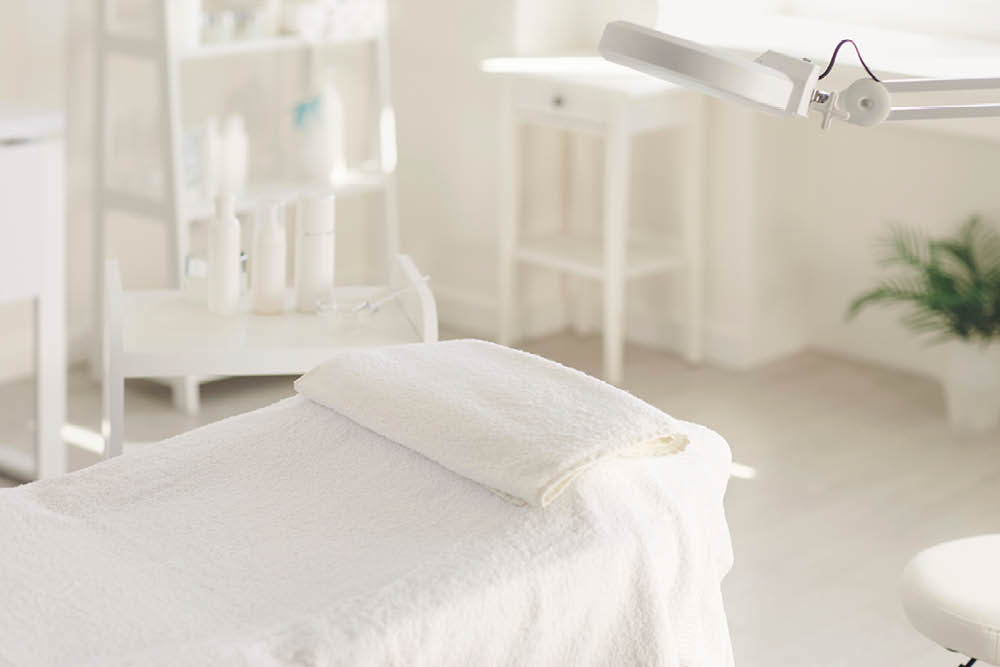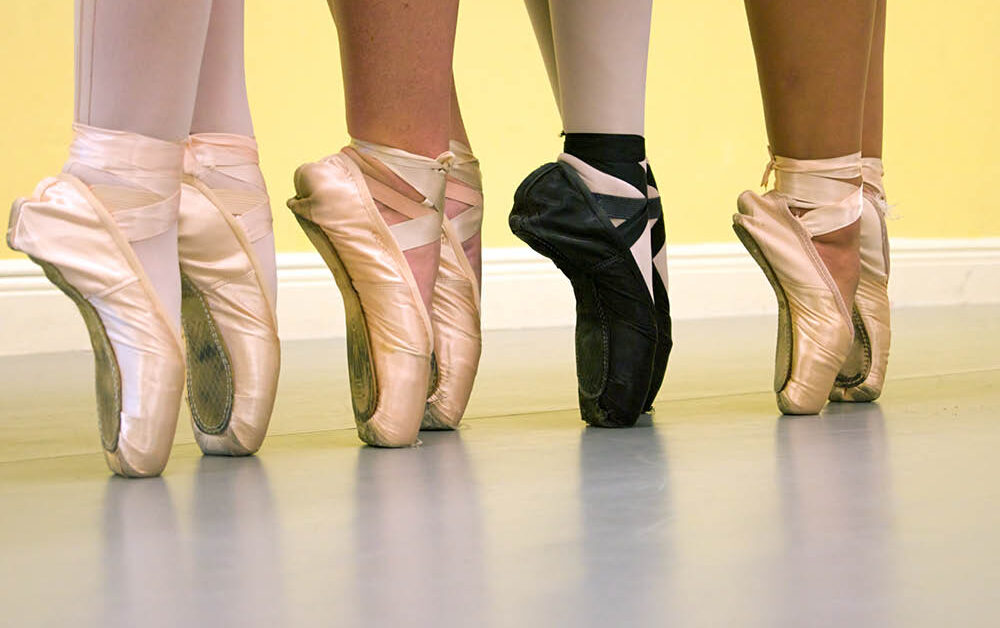
Medical Spa Vs Day Spa
August 2021
Know Your Numbers
August 2021by Kristy Como Armand
It’s been said that feet are to a dancer what hands are to a painter, but a painter’s hands are not subjected to the level of sheer physical stress that a dancer’s feet endure.
Pain, blisters, calluses, bruised toenails, sprains, fractures, bunions– these are just a few of the common and frequent foot and ankle injuries a serious dancer will experience, according to foot and ankle specialist Dr. Tyson Green, with the Center for Orthopaedics.
“Because dance is artistic, the athletic aspect of it is often overlooked,” says Dr. Green. “A key component to the beauty of dance is the demanding biomechanics of the dancer, particularly of the foot and ankle. And as with any other physical activity, dancing comes with a risk of injury. In fact, up to 90 percent of dancers experience some form of injury to their feet and/or ankles.”
Dr. Green says year-round participation in dance is common and increases the risk of injury. “In terms of duration, frequency and intensity, dance is a highly demanding activity. Unlike many sports, dance has no seasonal breaks, which requires a constant high level of fitness. Every dance performance requires flexibility, balance, power and endurance. To execute technical movements, the body takes on positions that place a lot of stress on bones, muscles, tendons and ligaments, which can lead to high injury rates.”
The most common injury among dancers of all ages is the ankle sprain. Dr. Green says many ballet positions place significant demand on the muscles stabilizing the ankle. A loss of balance may invert the ankle and stretch or tear ligaments. The more severe the injury, the longer the time required for healing. Some mild sprains without swelling or bruising require only a few days of RICE (rest, ice, compression, and elevation), while more severe sprains may require a longer period of rest, bracing, and rehabilitation.
Dancers are also susceptible to stress fractures in the feet and lower legs. Dr Green explains that these tiny cracks in a bone result from repetitive stress. “Bone has the ability to grow stronger in response to stress through a process called ‘remodeling,’ but with excessive stress, which doesn’t allow time for recovery and repair, stress fractures can occur. Rest is the best prevention and remedy for this.”
Dr. Green says toe pain is also very common, and can result from a wide range of causes, including:
Sprains of individual toes.
Neuromas – a burning or tingling that can occur anywhere from the ball of the foot to the toes, caused by the pinching of the nerve fibers between the toes.
Bunions – occurs when the big toe is forced in toward the other toes, causing crowding, pain and swelling.
Sesamoiditis – a condition that affects the sesamoids, two small bones located in the tendons of the big toe.
Blisters, calluses, corns – caused by friction between the feet and footwear.
Dancers are also at risk of other ankle and heel problems, including plantar fasciitis and tendinitis or impingement of the Achilles tendon. As with any other sport, Dr. Green says proper conditioning, active warm-up and stretching before and after dance can prevent injury.
Dr. Green stresses that footwear is also extremely important. “We say this for any type of sport, but it is probably even more true for dance. The fit of your dance shoes is extremely important. Be sure to replace worn shoes frequently. Dancers have to protect their most important instrument – their feet.”
For more information on dance-related foot injuries, or any type of foot problem, call Center for Orthopaedics at (337) 721-7236 or visit www.centerforortho.com.






